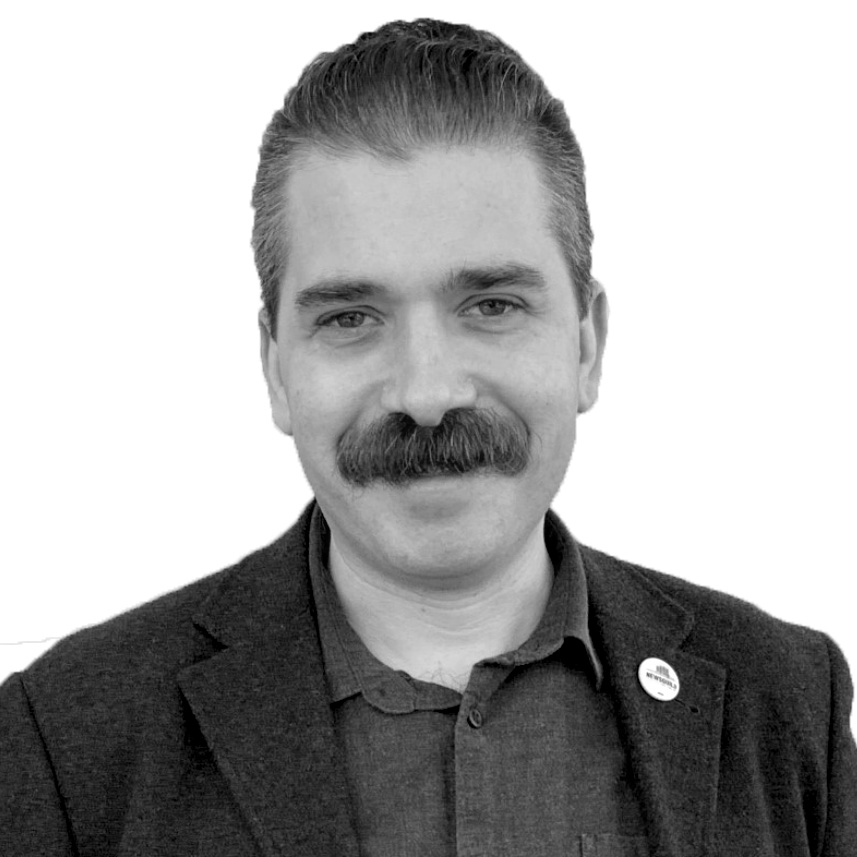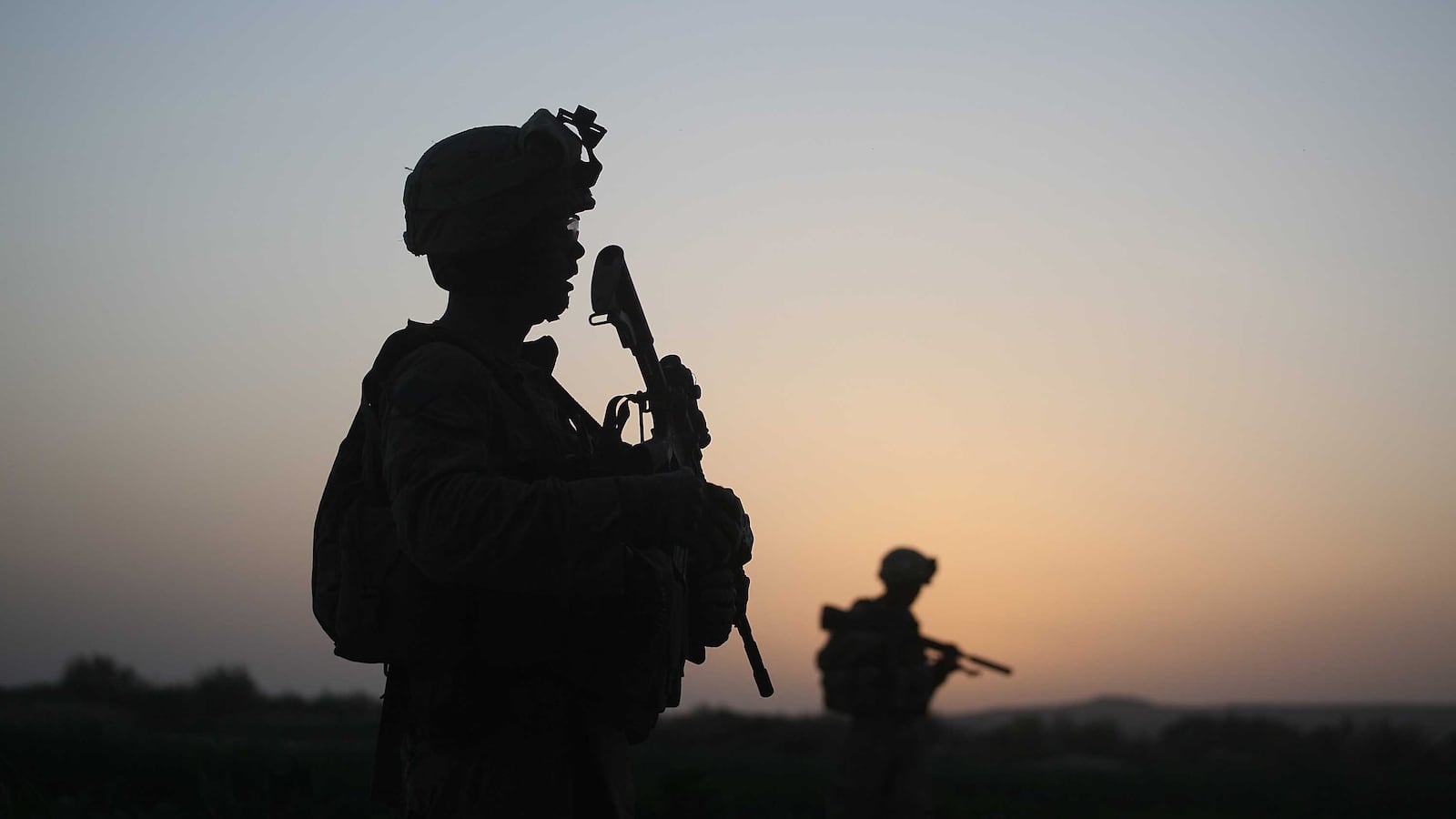In violation of the laws of war, they raid hospitals and kill medical staff. They open fire on people frantically running away. They disappear those in their custody, kill elderly men they capture, and call in U.S. airstrikes that eliminate entire families. They are the CIA’s bequest to Afghanistan.
Whatever legacy the U.S. leaves in Afghanistan after a generation of war—if U.S. troops leave at all—will include paramilitary organizations with names like NDS 01, NDS 02, the Khost Protection Force, and the Kandahar Strike Force. The CIA trained and funded them to attack al Qaeda and Taliban targets. A gruesome new report by Human Rights Watch finds them more likely to terrorize Afghan civilians who seek to survive a war none of them chose.
The paramilitary forces appear as empowered as ever. According to Human Rights Watch, the Trump administration’s relaxation of rules around air power in Afghanistan appear to permit the paramilitaries to call in airstrikes from U.S. warplanes. Some of the paramilitaries have their own air assets, typically helicopters. Afghan civilians told the rights group that the result is strikes that flatten the houses of civilians, with or without them inside.
On one occasion, in September 2018, one airstrike followed an attempt by U.S. troops and NDS 01 to find a Taliban prison in Wardak province. It found no Taliban target but instead destroyed the house of a man named Masih Ur-Rahman Mubarez. Inside was his wife, their four daughters, three sons, and four nieces. The children were as young as 5 and as old as 16. “I have lost everyone—I am alone now,” he told Human Rights Watch.
Human Rights Watch’s report, released late Wednesday, is based largely on interviews with 39 Afghans who knew of or witnessed a variety of deadly raids by the paramilitaries. They form a grisly portrait of Afghan forces, all outside the formal chain of security command, that the U.S. has created in the Afghan ministries of defense and interior. One diplomat familiar with their operations told Human Rights Watch that they operate like “death squads.”
In a statement, CIA spokesman Timothy Barrett said the agency “conducts its global operations in accordance with law and under a robust system of oversight” but that the Taliban “does not operate with any similar rules and—even worse—conducts an extensive propaganda campaign to discredit those who support the legitimate Afghanistan government.”
The U.S. military command in Afghanistan, whose forces often accompany or facilitate the paramilitaries’ raids, said it had no additional comment on the report.
That command, known as Resolute Support, did not respond to Human Rights Watch’s portrayal of the paramilitaries. Instead, in a Sept. 21 statement to the group, Resolute Support referenced alleged “dishonest claims of non-combatant casualties as propaganda weapons” as an example of the brutality of the Taliban.
“It sounds like the same old story, a legacy of supporting rights abusing forces that goes back to the Contras in Nicaragua and beyond,” said John Sifton, Asia advocacy director at Human Rights Watch. “But there isn’t a rule written somewhere at Langley that says the CIA can only train and fund militias that commit atrocities. The CIA could have used its funding and leverage to insist that militias working with it follow the rules of law. It is quite likely that doing so would have paid off strategically and [from] a counterinsurgency perspective, as most doctrine shows that rights-abiding authorities enjoy more support of local communities in counterinsurgency settings.”
Human Rights Watch’s report comes during the intersection of two developments. The first is a sustained diplomatic effort from the Trump administration to negotiate a peace with the Taliban—though the president revoked support for it at a moment when it looked ready to succeed. The second is what the United Nations recently called an “unprecedented” amount of violence against Afghan civilians, particularly from U.S. airstrikes and raids.
While the Taliban still cause the majority of the civilian deaths and injuries, the most recent U.N. report about this bloodiest year of the conflict noted an “increase from 1 January to 30 September of civilian casualties caused by aerial and search operations undertaken by pro-government forces.” Violence against civilians caused by the U.S. and its allies during the first nine months of 2019 is up 26 percent from 2018 levels.
An earlier report from the U.N. mission in Afghanistan explicitly denounced “the continued widespread impunity for abuses” enjoyed by one of the most infamous paramilities, the Khost Protection Force. The Khost Protection Force operates out of the CIA’s Camp Chapman base in eastern Afghanistan, which in 2009 was the scene of one of the bloodiest episodes in agency history.
The accounts provided by Human Rights Watch suggest that terrorizing Afghan civilians is deliberate. The Taliban intimidate Afghans into providing them succor, and the paramilitaries show signs of attempting a greater degree of intimidation. One 70-year old farmer, identified as D.D., told Human Rights Watch that NDS 01 killed his son in October after raiding their compound, and took another son captive. D.D. said NDS 01 demanded to know why he was feeding the Taliban. The farmer reportedly explained: “The Taliban come asking for food. If you don’t feed them, then they harass you.”
Summary executions are part of the paramilitaries’ repertoire, according to Human Rights Watch. In March, a group believed to be the Kandahar Strike Force, also known as NDS 03, rounded up and hooded all the men in a village in the Panjwai district of Kandahar. Soon afterward, on April 10, they killed the 60-year-old local school teacher for unknown reasons. A witness, identified as M.M., explained that the paramilitary locked the women in a room in teacher Mohammed Gul’s home and shot Gul three times. “Then they dragged the body out to the courtyard,” M.M. told Human Rights Watch.
The year before, during a different raid in Panjwai, paramilitaries operating with U.S. air cover fired on Afghans running away from the planes overhead. And the year before that, in August 2017, in Nangahar’s Dehbala district, an NDS 02 night raid killed a man who ran to ensure his children’s safety. “[H]e went to his children’s room to check on them, but the forces shot him through the window of that room,” the man’s cousin said. Another of their cousins, who heeded a call to surrender, “went into the yard… He told the forces there was nothing going on and they could come in, but the forces opened fire and shot him in the yard.”
Medical personnel, whom the laws of war are supposed to exempt from conflict, have found themselves in the paramilitaries’ crosshairs. According to Human Rights Watch, earlier this year, NDS 03 raided an Uruzgan clinic that provides aid to several adjoining villages. A clinic staffer said the raiding unit, arriving in the predawn hours of Jan. 14, “accused the staff of treating Taliban fighters.” In the staffer’s telling, the raiding unit, wearing uniforms but not the Afghan National Army’s, broke the clinic’s equipment and set fire to two generators and an ambulance.
Sifton called on the U.S. to exercise accountability over the paramilitaries it operates alongside in Afghanistan.
“If the U.S. government was functioning properly, Congress and the Department of Justice would be investigating alleged war crimes involving the participation of U.S. forces, and where appropriate prosecuting U.S. personnel implicated in war crimes,” Sifton said. “And Congress would be cutting funding to all abusive forces as it did, for example, with funding for the Contras in the mid-1980s.”
—Adam Rawnsley contributed reporting





